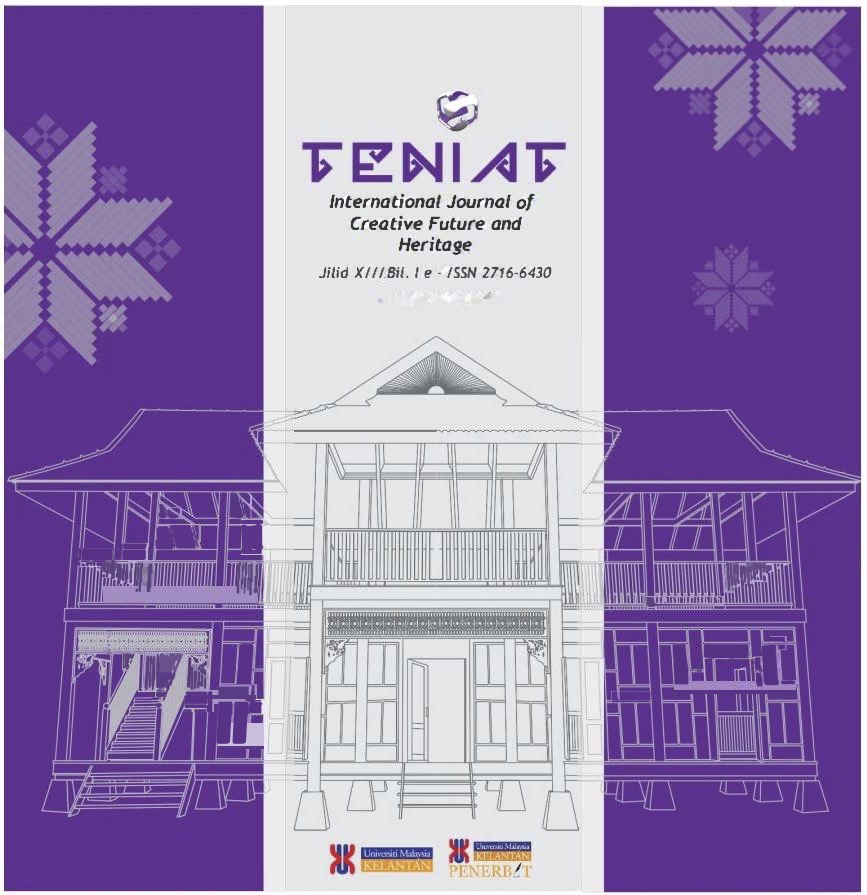Pedagogical Adaptation: Teaching Bahasa Melayu Phonics to Students with Autism in the State of Johor
DOI:
https://doi.org/10.47252/teniat.v13i1.1319Keywords:
Bahasa Melayu Phonics, Autistic Students, Module Usage, Oral Language Usage, Multimedia Elements UsageAbstract
ABSTRACT
Education is a crucial concern that should be given top priority for all students. The phrase "special education student" is designated for a distinct cohort of students with special needs who undergo a distinct learning process compared to typical students. These students with unique needs are provided with a specialised curriculum and dedicated instructors who spend their time teaching them. This study aimed to assess the extent to which teachers utilise modules, oral language use and multimedia aspects in teaching Bahasa Melayu phonics. This study employs a quantitative research design and is substantiated by quantitative data. A sample of 42 special education teachers who specifically instruct autistic students was selected from four schools in the Johor region. A questionnaire survey was employed as a research instrument. Descriptive analysis was employed to calculate the percentage, mean, and standard deviation. The module approach construct is considered to be at a moderate level based on the data, with a minimum value of 3.43 and a standard deviation of 0.654. Compared to strategies used in oral language use, the multimedia elements approach is more advanced, with a minimum score of 4.14 and a standard deviation of 0.612. Hence, it is imperative to develop a customised programme that addresses the specific requirements of these pupils, considering factors such as scheduling, resources, cultural considerations, instructional methods, expert support, and community engagement.
ABSTRAK
Pendidikan adalah isu penting yang harus diberikan keutamaan utama bagi semua pelajar. Frasa "pelajar pendidikan khas" merujuk kepada kumpulan pelajar yang mempunyai keperluan khas dan menjalani proses pembelajaran yang berbeza berbanding pelajar tipikal. Pelajar dengan keperluan unik ini diberikan kurikulum khas serta tenaga pengajar khusus yang menumpukan masa mereka untuk mengajar mereka. Kajian ini bertujuan menilai sejauh mana guru menggunakan modul, penggunaan bahasa lisan, dan aspek multimedia dalam pengajaran fonik Bahasa Melayu. Kajian ini menggunakan reka bentuk penyelidikan kuantitatif dan disokong oleh data kuantitatif. Sampel terdiri daripada 42 orang guru pendidikan khas yang mengajar pelajar autistik, dipilih dari empat sekolah di wilayah Johor. Instrumen penyelidikan yang digunakan ialah soal selidik. Analisis deskriptif digunakan untuk mengira peratusan, min, dan sisihan piawai. Berdasarkan data, pendekatan penggunaan modul berada pada tahap sederhana dengan nilai min 3.43 dan sisihan piawai 0.654. Berbanding strategi penggunaan bahasa lisan, pendekatan elemen multimedia adalah lebih maju dengan nilai min 4.14 dan sisihan piawai 0.612. Oleh itu, adalah penting untuk membangunkan program khusus yang memenuhi keperluan spesifik pelajar ini dengan mengambil kira faktor seperti jadual pembelajaran, sumber, pertimbangan budaya, kaedah pengajaran, sokongan pakar, dan penglibatan komuniti.
Downloads
Downloads
Published
How to Cite
Issue
Section
License
Copyright (c) 2025 International Journal of Creative Future and Heritage (TENIAT)

This work is licensed under a Creative Commons Attribution-NonCommercial 4.0 International License.






